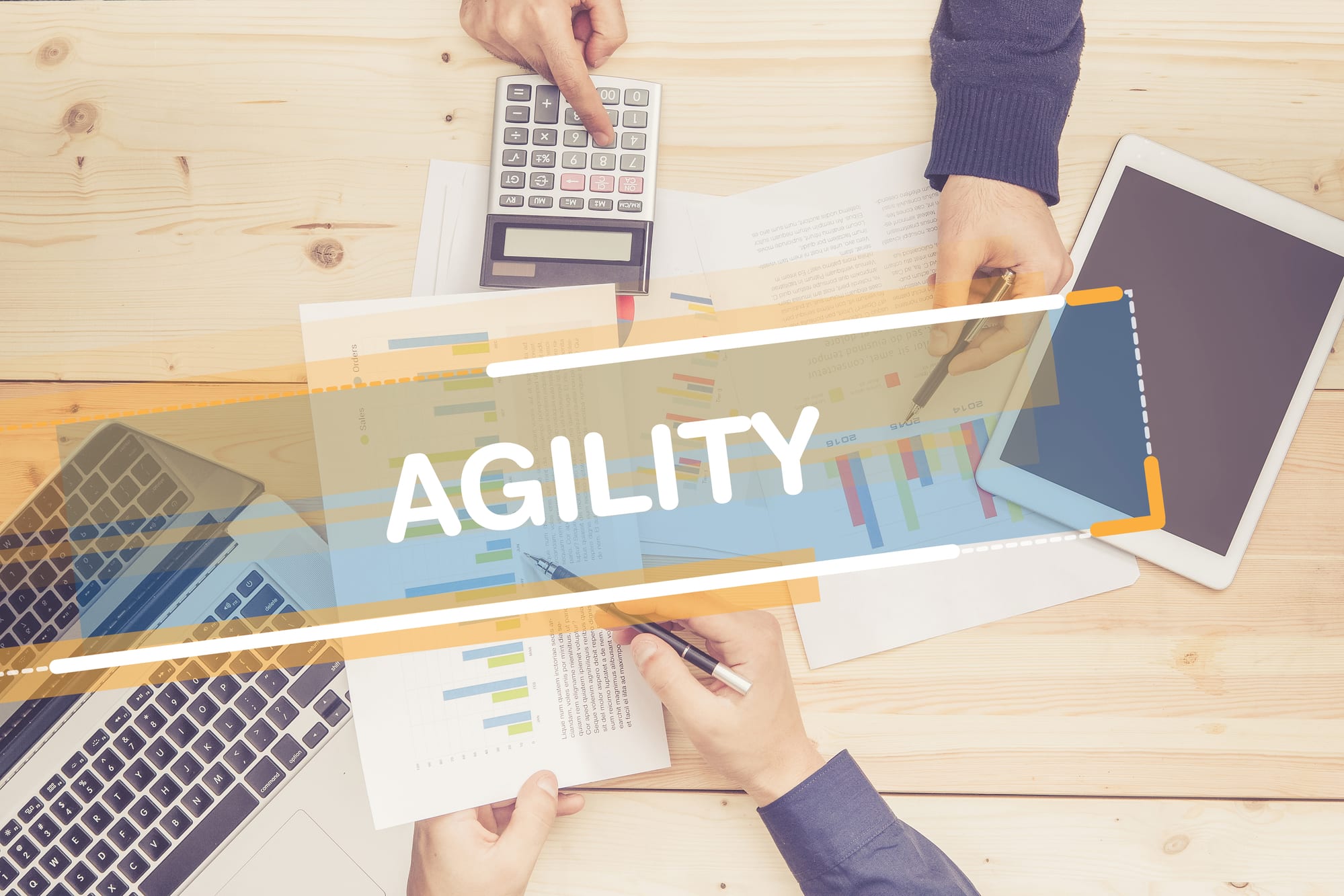The reference to “quality approach” is not new. But today it expresses itself in specific meaning, even technical, on many occasions and in many fields. International standards are devoted to it, models, simple or less simple, are proposed about it. The shelves of bookstores are cluttered with general works, introductory books, specialized books, … that claim to teach you, in a hundred pages or a thousand, what’s what quality.
More and more organizations are turning to the quality approach to increase their performance. But for many, such an approach still raises many questions.
For the curious, here is, summarized, the main stages (commented and accompanied by examples and representations) for the implementation of a quality approach. These steps are directly from the requirements of the ISO 9001 standard:
- Define the purpose of the organization
- Define and communicate the policy (s) of the organization
- Deploy consistent and measurable goals
- Determine the processes of the body
- Define the process activities and sequences
- Clearly Define the process responsibilities
- Clearly Define the process documentation
- Define process efficiency monitoring and measurement criteria
- Measure and improve performance
- Keep going!
1. Define the purpose of the organization
- What is the purpose of the organization? What is his job? Who are his clients? What are their expectations?
- Formalize the scope (i.e., define the activities covered by the quality management system)
- Delimit the scope of the quality management system (geographical area, typology of customers, activities, …)
For example, here is a typical application area: “Design, construction, and installation of climatic chambers”.
2. Define and communicate the policy (s) of the organization
- Based on the overall strategy of the organization (medium-term development axes), define the policy (operational level) to serve as a framework for the development of shorter-term objectives (annual objectives) that help setting clearer goals.
NOTE: A policy comes in the form of an annual development axis (most often)
- Communicate to staff (at all levels) this policy and ensure that it is understood.
3. Deploy consistent and measurable goals
- From the policy, define measurable objectives to verify the organization’s ability to implement its strategy.
4. Determine the processes of the body
- Processes are a set of correlated activities that interact to transform input data into output data. Managing the activities as processes makes it possible to achieve the objectives in a more rational way, which is completely efficient.
- To increase the efficiency of a process, the requisite managing resources must be identified and made available: Manpower, Machines – equipment, including computers, instruments, tools, technology, Materials, Methods – generally in the rules and regulations, Management (5M Approach)
5. Define the process activities and sequences
- Each process is a collection of activities you should define. For example, a procurement process that includes vendor selection, ordering, receiving and reassessment activities. You should identify and describe each of these activities with the formalism appropriate to the complexity of these activities and the competence of the staff.
- The process for quality approach induces the concept of internal customer/supplier (systemic approach) because all processes interact with each other. It is important to identify the interactions and ensure the integrity of the flows.
For example, a production process that results in an output element (for example, a product delivered to a customer) interacts with other processes (such as management, measurement and monitoring, and procurement processes). You can use methods and tools such as diagrams, matrices, tables to support the development of process sequences and their interactions.
6. Define the process responsibilities
- For a process to work effectively, you should pilot it in order to work with the established provisions. And, you have to identify the process management team and name what’s called process drivers.
7. Define the process documentation
- The provisions laid down for carrying out the activities must (where necessary) be formalized that guarantees the homogeneity of the practices in the event of absence or replacement of the staff in particular.
The procedures must be simple and adapted to the level of the users. It must be kept in mind that procedures are tools, no additional constraints.
To document is:
- Reflect on the essentials, blocking points, risks
- Ensure homogeneity of practices
- Bring proof of compliance to practices
- Prevent unplanned departures
- Improve the integration of new employees
8. Define process efficiency monitoring and measurement criteria
Whether it is controls, audits or measurement, monitoring activities and (where possible) measurement, you must deploy every process that verifies the effectiveness of processes in quality approach; that is, their ability to achieve planned results (goals).
9. Measure and improve performance
- It is then necessary to implement the monitoring and measurement activities mentioned above in order to analyze the results.
- The treatment of nonconformities and customer complaints will also feed into the analysis of data relating to the performance of the organization.
- Performance improvement requires thorough planning through actions decided at different times such as management review or process reviews, but also daily! It is here that the role of the quality manager (representative of the management) is important …
10. Keep going for Quality Approach!
Do not stop on your momentum for a quality approach. Building a quality management system is easier than it seems. It is to improve your quality processes, which is more delicate and requires the implication of all.
This is the principle of continuous improvement.
Therefore, this new is much richer because it derives directly from the concept of this organization and quality as a measure of the harmony that meets the needs of beneficiaries. Also, quality is thus directly related to the characteristics of the result of an organization’s activities, as perceived by those who receive it, use it and/or suffer it.
Non-quality must be avoided, not only because the customer’s request defines its characteristics, but because it is expensive.


